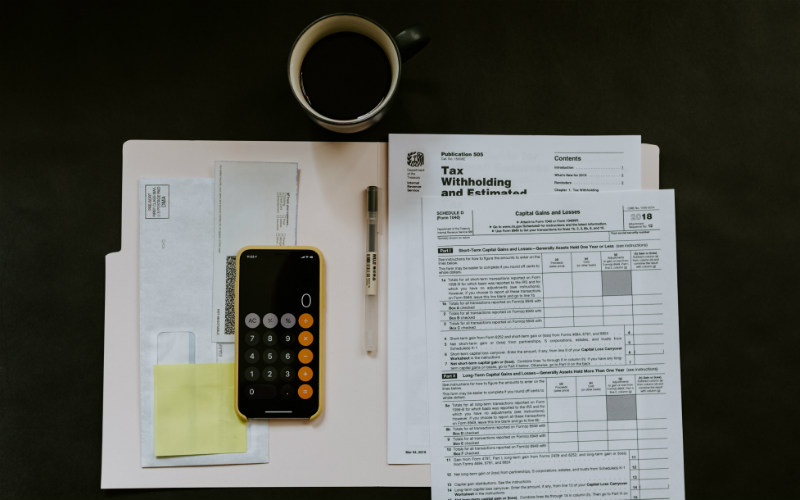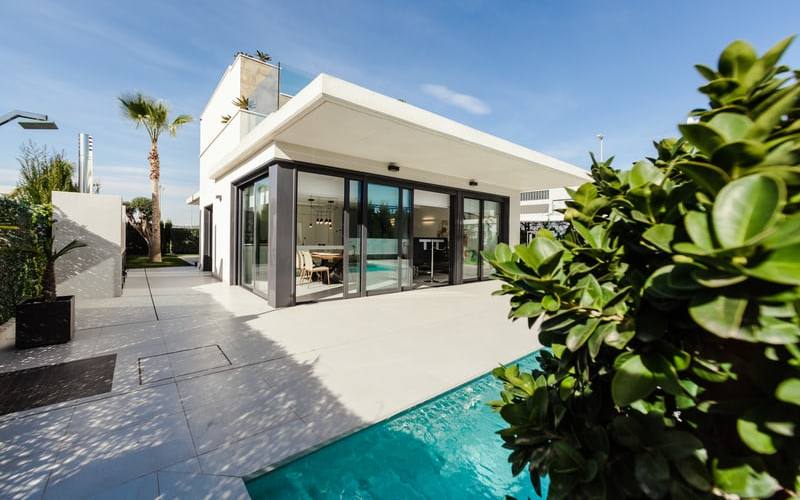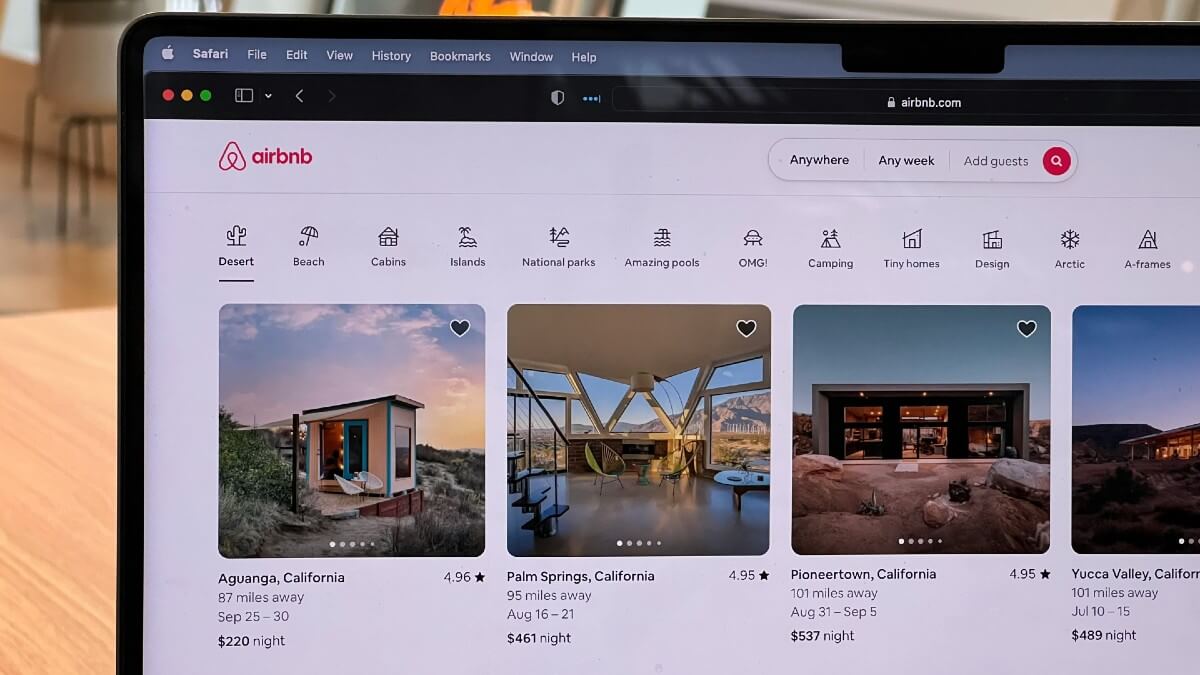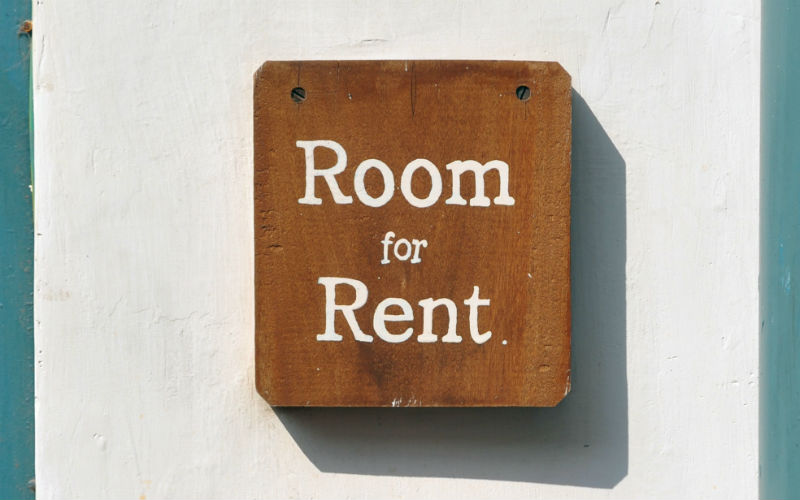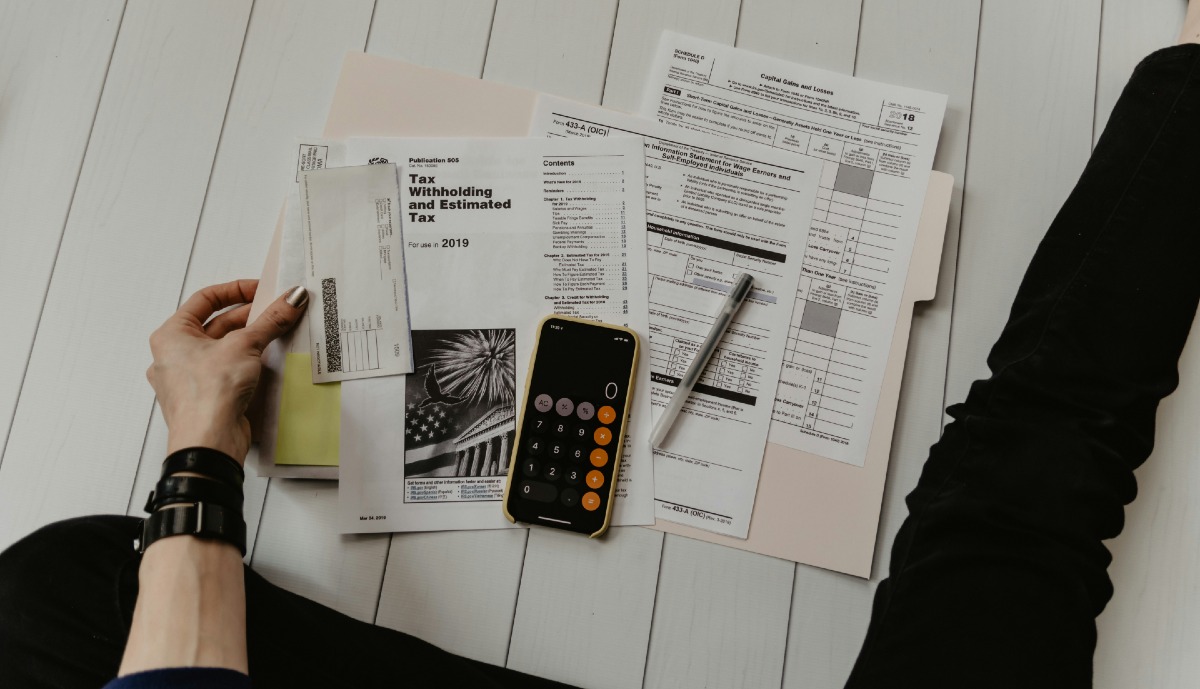The Australian Housing and Urban Research Institute (AHURI) today released a research paper proposing the efficacy of landlords providing energy-efficient rental homes for their tenants.
The research paper, Warm, cool and energy affordable housing policy solutions for low-income renters, examined surveys of low-income renters and found "numerous housing quality issues" affecting such households.
According to the paper, 18% of public renters and 14% of private renters were unable to keep sufficiently warm in winter.
The University of Adelaide's Dr Lyrian Daniel - one of the authors of the paper - suggested incentivising landlords to improve their property's energy efficiency as one strategy.
"This could be done through landlords being able to claim tax rebates or other financial assistance so that appliances, such as old, inefficient hot-water services, could be upgraded to more energy efficient models instead of replaced with ‘like-for-like’," Dr Daniel said.
Dr Daniel also said minimum standards of energy efficiency were needed.
"One of the big problems is that there is no agreed definition of how the community measures energy hardship," she said.
"It is critical that we’re able to capture and then monitor the different factors that lead people into energy hardship overtime so that effective policy responses that catch people before they experience deep and long-term disadvantage can be developed."
AHURI's research cited a 2010 Victorian Council of Social Service (VCOSS) survey that found swapping out an electric water heater for a 2-star gas one in colder climates could save renters $300 a year.
In addition to energy-efficient appliances and lightbulbs, AHURI also proposed incentives for landlords to install solar panels, and 2018 research from Colmar Brunton found 2% of renters have access to solar, compared to 20% of all households.
Improving thermal quality for homes in cooler climates, and improving ventilation and shading areas for homes in warmer climates, was also on the agenda.
The research comes after a joint proposal backed by more than 50 organisations promoted a national energy productivity program.
The Australian Council of Social Service's (ACOSS) climate and energy advisor Kellie Caught said climate change affects low-income households the most.
"As we grapple with the current economic crisis, the federal government should be prioritising investment in technologies and measures, like energy efficiency, solar, batteries, that will create thousands of jobs, reduce power prices, tackle climate change and support people though the transition," Ms Caught said
“We hope to see a portion of the estimated $18 billion investment towards large scale funding for a major rollout of energy productivity measures for low-income homes."
Mandates not the solution
The Real Estate Institute of Australia (REIA) does not support a mandate and instead supports individual homeowners and landlords making improvements.
"We have not supported mandated measures whether it’s for updating existing buildings or mandated energy ratings for properties to be bought or sold as it impacts on affordability – both in the rental and buying spheres," REIA president Adrian Kelly told Savings.com.au.
“A survey around five years ago, that was run by the Australian Bureau of Statistics, found that buyers were more concerned about getting into an affordable house even though it lacked energy efficient features. These were seen as improvements to make later. “
Mr Kelly also said there was a trade-off between short term costs and long term benefits, and who wears the costs of either of them.
“The same applies to the AHURI proposal. If the incentives are such that the cost - including subsidy or tax benefit - is less than the present day value of the value of the future benefits (rental returns and dwelling value) to the landlord, the landlord will undertake the improvements," he said.

Ready, Set, Buy!
Learn everything you need to know about buying property – from choosing the right property and home loan, to the purchasing process, tips to save money and more!
With bonus Q&A sheet and Crossword!

.jpg)
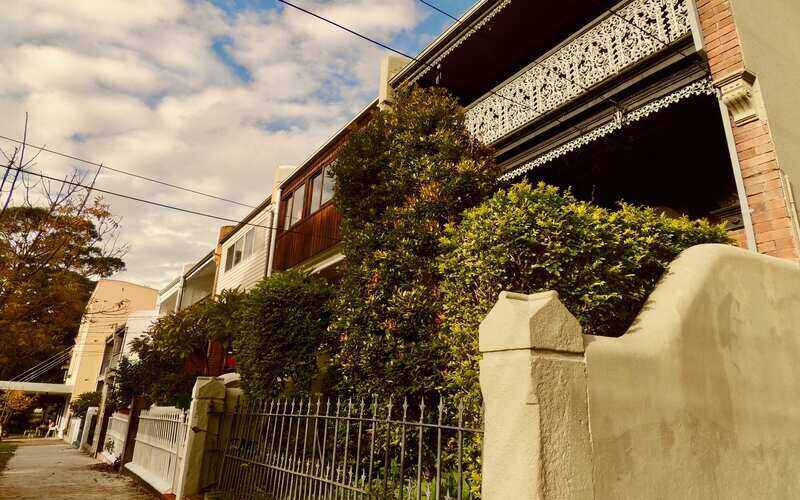
 Harry O'Sullivan
Harry O'Sullivan
 Alex Brewster
Alex Brewster
